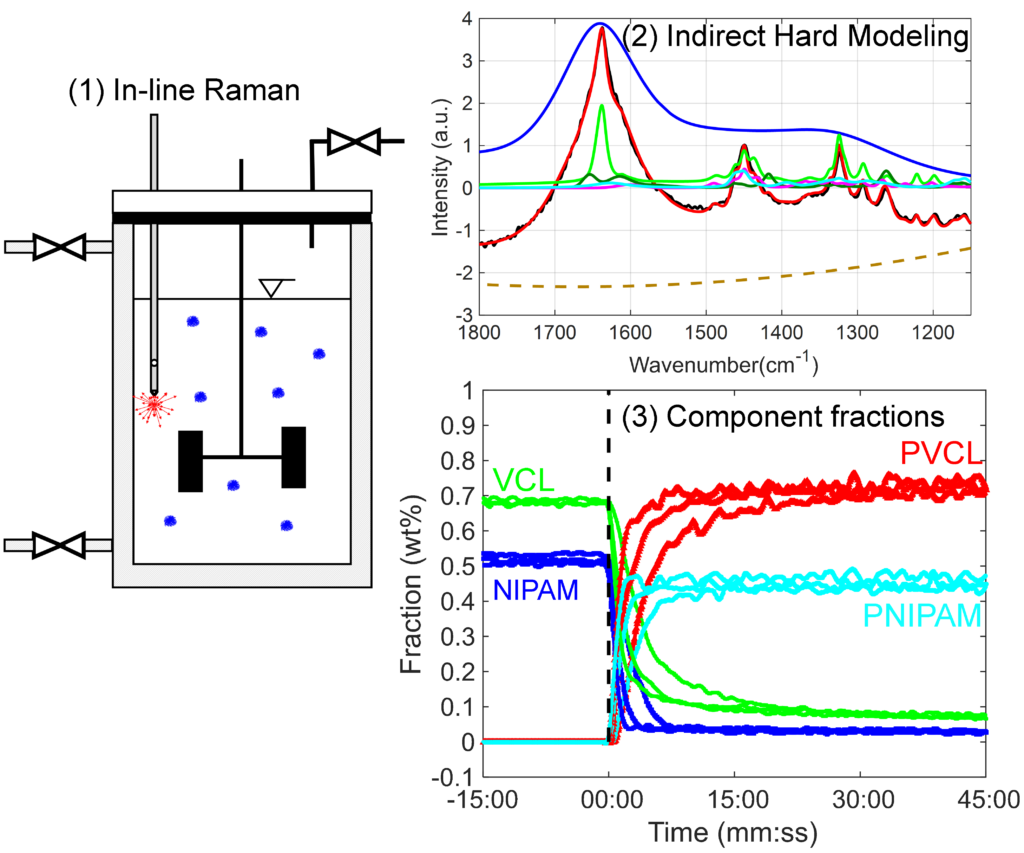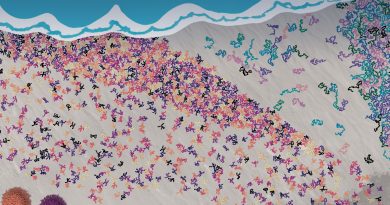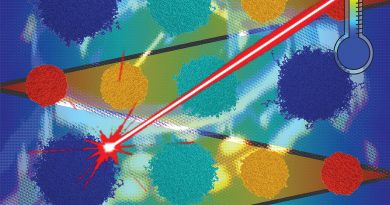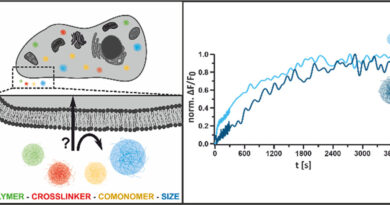Monitoring microgel synthesis by copolymerization of N-isopropylacrylamide and N-vinylcaprolactam via in-line Raman spectroscopy and Indirect Hard Modeling
Functionalized microgels are typically based on structured copolymers, whose synthesis necessitates knowledge of interactions between different monomer units. This contribution presents in-line Raman and turbidity monitoring of copolymer microgels based on monomers N-vinylcaprolactam (VCL) and N-isopropylacrylamide (NIPAM). During reaction, in-line Raman spectra are evaluated via multivariate indirect hard modeling (IHM) regression, utilizing pure component models based on parameterized peak functions. To account for variation in Raman baseline intensity, the linear IHM baseline is replaced by a curved baseline, resulting in calibration R² above 0.98 and root-mean-squared errors of cross-validation below 0.12 wt%. Spectra taken in-line during microgel syntheses reveal NIPAM to react slower than VCL in homopolymerization, but faster than VCL in copolymerization. This effect can be used for synthesis of functional microgels, that is, with tunable volume phase transition temperature. This effect is not visible from turbidity measurements, demonstrating the advantage of in-line Raman monitoring of chemical components in polymerization processes.
Julian Meyer-Kirschner, Michael Kather, Agnieszka Ksiazkiewicz, Andrij Pich, Alexander Mitsos, and Joern Viell
Macromol. Reac. Eng., 12 (3) (2018) DOI: 10.1002/mren.201700067




